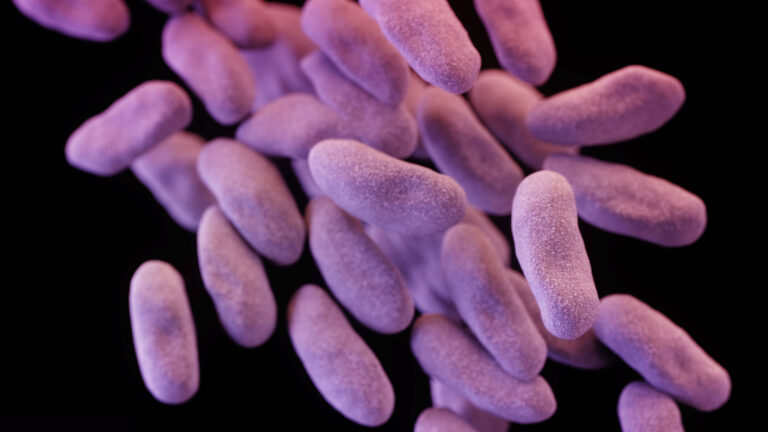The researchers at the University of Galway have discovered a method to boost the performance of penicillin-based antibiotics in treating MRSA (Methicillin-resistant Staphylococcus aureus), a type of bacteria that is immune to various antibiotics that are typically used to treat staph infections.
The study, which was led by Professor James P. O'Gara and Dr. Merve S. Zeden and recently published in the journal mBio, shows that DNA components can be utilized to increase the efficacy of penicillin-type antibiotics against MRSA. These findings have the potential to provide new treatment options for MRSA as penicillin-type antibiotics alone are not effective in treating the superbug.
Combating Antimicrobial Resistant Bacteria
According to James O'Gara, a Professor of Microbiology, a new way to treat MRSA infections with penicillin-based drugs has been uncovered, making these antibiotics a safer and more effective option. The antimicrobial resistance crisis is a significant challenge for global health, and superbugs like MRSA have a heavy impact on healthcare resources.
As reported by SciTech Daily, the microbiology team at the University of Galway demonstrated that penicillin-based antibiotics can more effectively eliminate MRSA when combined with purines, which are the components of DNA. According to Dr. Zeden, purine nucleosides like Adenosine, Xanthosine, and Guanosine can interfere with the signaling systems within bacteria that are necessary for antibiotic resistance. These sugar versions of the building blocks of DNA have already been utilized in drugs to treat viral infections and cancers.
Aaron Nolan, a Ph.D. student at the University of Galway and co-first author of the study, emphasized the importance of finding new methods to make superbugs responsive to existing antibiotics to address the antimicrobial resistance crisis. According to him, their research suggests that purine nucleosides could be a potential solution in restoring the sensitivity of MRSA to penicillin-based antibiotics.

These Enterobacteriaceae, a family of bacteria that causes a wide range of illnesses, is resistant to carbapenems, a class of antibiotics usually usually reserved for known or suspected multidrug-resistant bacterial infections.
ALSO READ: Scientists Discover Another Mechanism of Antimicrobial Resistance; How Serious Is This Threat?
MRSA Bacteria
The clinical impact of infections caused by antimicrobial-resistant pathogens is a major concern for public health. Preserving the potency of existing antimicrobial drugs or finding way
s to reinvigorate drugs to which resistance is prevalent is crucial in addressing the antimicrobial resistance crisis. The β-lactams, the safest and most effective class of antibiotics, are no longer effective against MRSA (methicillin-resistant Staphylococcus aureus). Thus, maintaining or restoring their effectiveness is a critical aspect of efforts to address the AMR crisis.
According to the researchers, guanosine and xanthosine, two purine nucleosides, have been shown to be effective adjuvants that can make MRSA susceptible to oxacillin and other β-lactam antibiotics again. The researchers discovered that when MRSA was exposed to these nucleosides, it significantly reduced the levels of the cyclic dinucleotide c-di-AMP, which is necessary for β-lactam resistance. Drugs made from nucleotides are commonly used to treat cancer and viral infections, which highlights the potential of using purine nucleosides to boost the effectiveness of β-lactams against MRSA and other antimicrobial-resistant pathogens.
Staphylococcus aureus, commonly known as MRSA, is a type of bacteria that can cause a range of illnesses, from minor skin infections to severe conditions like sepsis and toxic shock syndrome. Despite recent advancements in our understanding of the metabolism of S. aureus, there is still much to learn about how central metabolic pathways play a role in bacterial growth and antibiotic resistance within the host.
RELATED ARTICLE: Antimicrobial Resistance: New Molecular Drug That Could Eradicate Resistant Bacteria Is Currently On Its Development
Check out more news and information on Antimicrobial Resistance on Science Times.














